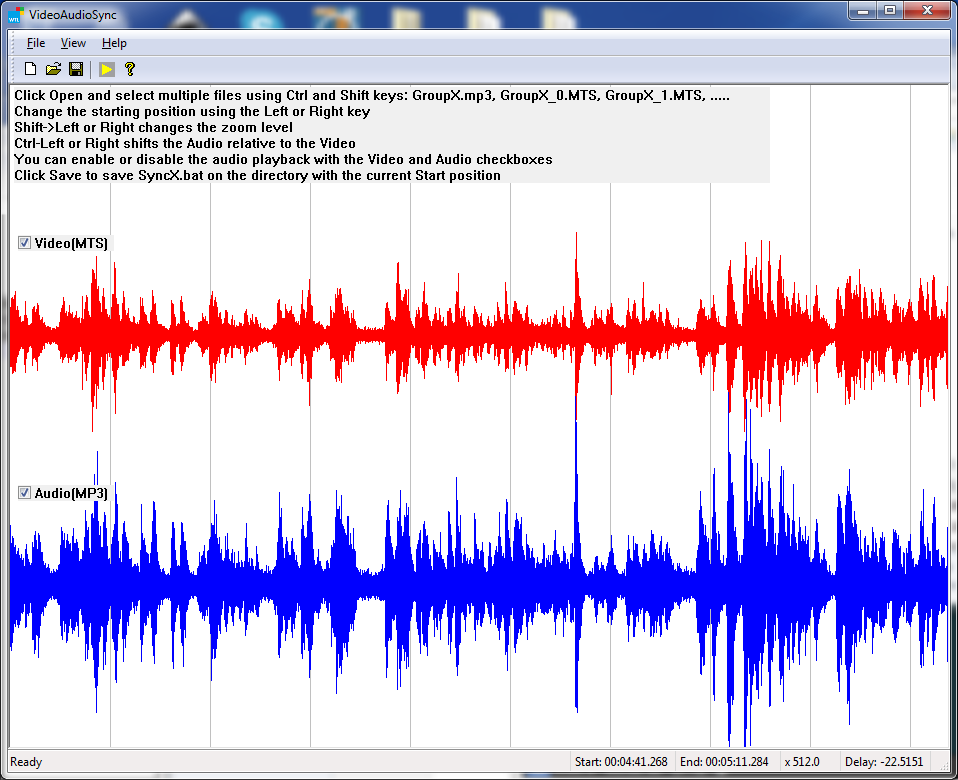-
Notifications
You must be signed in to change notification settings - Fork 4
New issue
Have a question about this project? Sign up for a free GitHub account to open an issue and contact its maintainers and the community.
By clicking “Sign up for GitHub”, you agree to our terms of service and privacy statement. We’ll occasionally send you account related emails.
Already on GitHub? Sign in to your account
[Request/Suggestion] Visualization of alignments #43
Comments
|
That's an interesting idea! I'm not entirely sure how that would work, though. Would this feature be included when Can you share the code you used for the offset graphs or make a pr? A graph of color-coded waveforms seems neat, too, but it seems like it would be tough to set defaults. Maybe that would be a lot easier to accomplish in a GUI application? |
|
Sorry, I have not really thought about where or how to incorporate this into audalign 😅. I think a separate function would be OK but having this as an extra graph in Here is the code I wrote back then. I used this as a way to learn how to code a GUI application in Python but I'm not feeling very confident about the outcome. All this is probably not efficient and looks complicated. I was just trying to get it to work and I'm not really into programming. About the color-coded waveforms. I'm always in awe when I see such nice looking plots in an applications like you have in your readme gif but I think matplotlib alone could also work. Even though it's not that simple to handle. It seems like one can color parts of a line or add bars to a plot. An image search for "matplotlib waveforms colored parts" shows some nice plots 😁 I don't think I'm able to code such features so I just made this post hoping for the best. Thank you for having an open ear. |
|
Thanks for the references and code! It looks pretty solid. That seems like a really neat feature, so I'll try to get it added in. |
|
Hi everyone, just asked @jhpark16 to evaluate possible collaborations... Here's a screenshot of his Video Audio Sync for FFMPEG tool: Hope that inspires. |
|
OT @stephenjolly of @bbc added AudAlign in Similar Projects section of their audio-offset-finder repo. |

I would like to request a feature.
It's nice to be able to easily align various audio files with adalign but it would also be nice to see how the files differ. When you explained the structure of the match dictionary to me I posted a screenshot of an offset graph. Something like this or a graph of wave forms with colored parts that match would be nice. I hope you get what I mean :D
Could you please incorporate something like this into audalign?
The text was updated successfully, but these errors were encountered: